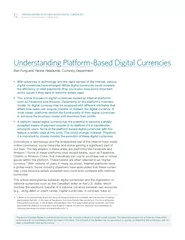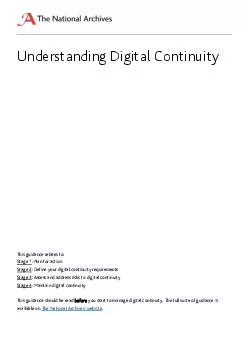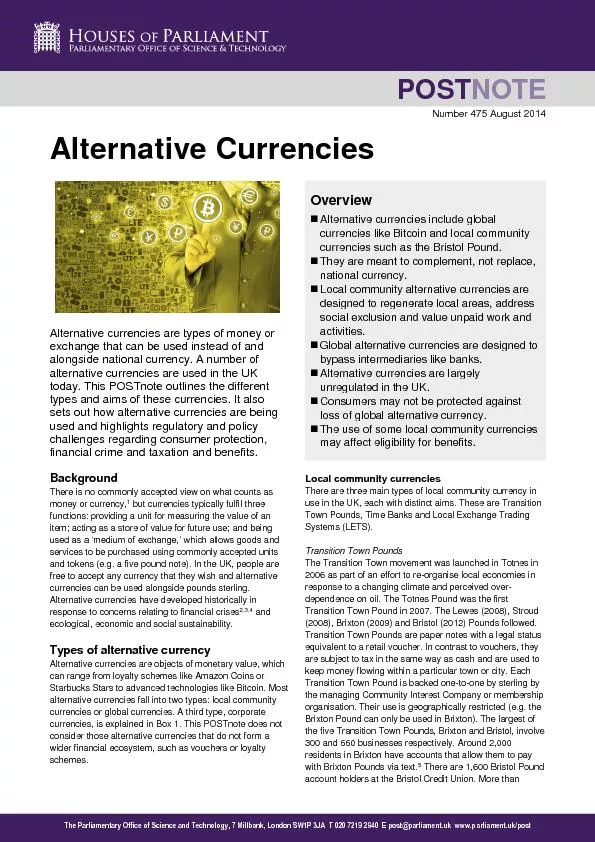PDF-nderstanding PlatformBased Digital Currencies Ben Fung
Author : lois-ondreau | Published Date : 2015-05-24
While digital currencies could increase the ef57375ciency of retail payments they could also raise some important policy issues if they were to become widely used
Presentation Embed Code
Download Presentation
Download Presentation The PPT/PDF document "nderstanding PlatformBased Digital Curre..." is the property of its rightful owner. Permission is granted to download and print the materials on this website for personal, non-commercial use only, and to display it on your personal computer provided you do not modify the materials and that you retain all copyright notices contained in the materials. By downloading content from our website, you accept the terms of this agreement.
nderstanding PlatformBased Digital Currencies Ben Fung: Transcript
Download Rules Of Document
"nderstanding PlatformBased Digital Currencies Ben Fung"The content belongs to its owner. You may download and print it for personal use, without modification, and keep all copyright notices. By downloading, you agree to these terms.
Related Documents














